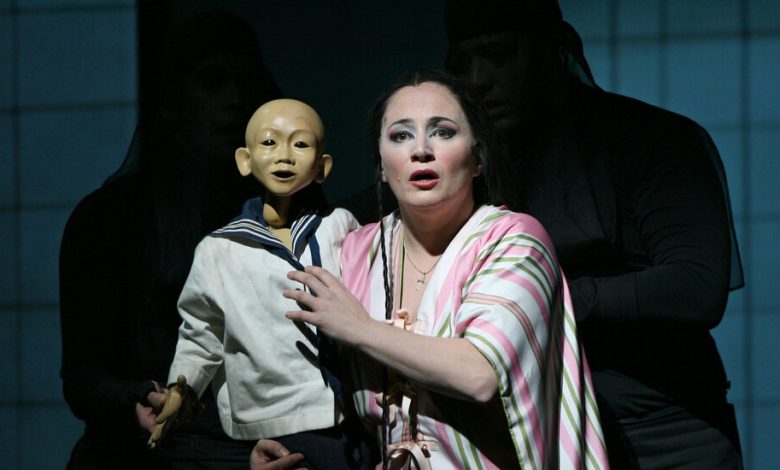Puccini’s ‘Butterfly’ and ‘Turandot’: More Than Appropriation

A key relic of the genesis of Giacomo Puccini’s two operas set in Asia can be found not in Italy, where both works premiered, nor in China or Japan, where they are set, but — of all places — in Morristown, N.J.
There, in the Morris Museum’s collection of mechanical musical instruments and automata, is a music box from around 1877. During a visit to the museum in 2012, the musicologist W. Anthony Sheppard happened upon the box and, listening to it, was surprised to find that it contained melodies present in those Puccini operas, “Madama Butterfly” (1904) and “Turandot” (left unfinished at his death in 1924).
Sheppard and other scholars came to believe that the box — made in Switzerland, exported to China, returned to Europe and owned in Italy before it was acquired by the brewing heir and prodigious collector Murtogh D. Guinness and donated to the Morris Museum — may have been the exact one that Puccini encountered at a friend’s home and quoted in his classic works.
This plain brown music box is therefore central to the ambivalence that lately surrounds Puccini, “Madama Butterfly” and “Turandot,” and the amorphous label of appropriation that has been applied to both. It reminds us that Puccini, who was always searching to endow his scores with “local color,” didn’t just compose exotic-seeming, faux-Asian tunes for his operas, but also sought out actual Asian examples. These works are tributes to the curiosity about other cultures — the desire to blend your traditions with others’ and tell stories about more than just yourself — that has animated art for as long as humans have been making it.
“When the heart speaks, whether in China or Holland,” Puccini wrote to one of his “Turandot” librettists, “it says only one thing, and the outcome is the same for everyone.”




